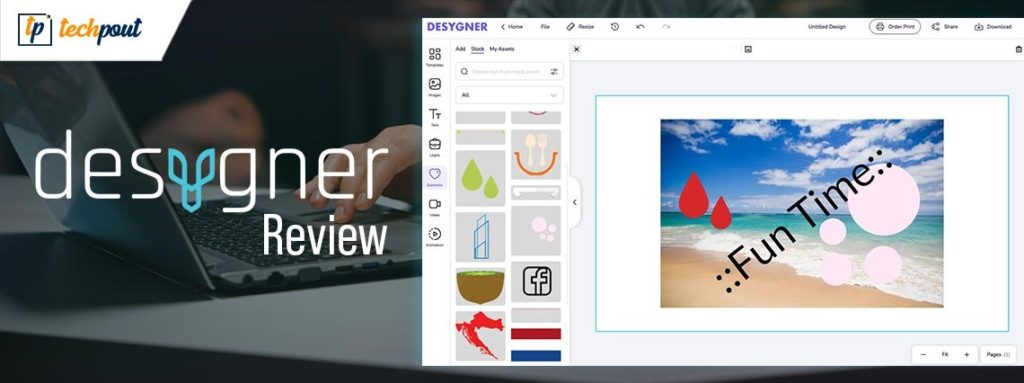
1. CANVA :

Canva is a template-based graphic design platform. It is used to create social media graphics, ads, banners, presentations, and other visual content. It uses a drag and drop interface which is easy to handle by any individual. It offers both free and paid services with a massive collection of images and templates for individuals and small businesses.
Pros :
1) It offers tutorials for beginners to navigate the tool.
2) User-friendly interface.
3) Provides best free templates and images for the visual content.
4) It has a feature to upload photos directly on social media.
Cons :
1) Limited free templates.
2) No import and export images from other applications.
2. PIKTOCHART :

It is a web-based Graphic design tool for creating infographics, presentations, reports, flyers, social media posts, etc. It has both free and paid versions. It has a “share” feature that helps you generate a preview link to share in email or messages.
Pros :
1) Easy to use without any training.
2) Customize your template or brand logo in seconds.
3) Translate your Complex data into a visual story.
4) It offers tutorials for beginners.
5) It allows you to upload photos and images.
Cons :
1) It doesn’t have an app.
2) It has limited free templates.
3. INKSCAPE :

It is an open-source vector graphics tool to create vector images. It supports SVG (Scalable Vector Graphics) format. It is a free and worthy app for beginners and small business entrepreneurs with low budgets who want to use illustrations and cartoons for their marketing purposes
Pros :
1) Easy to use.
2) Data Import and export function.
3) Open source feature to change the theme of the interface.
Cons :
1) It doesn’t edit the .eds (Electronic Data Sheet) file.
2) Hard to navigate on small screens.
3) File conversions can be improved.
4. PIXLR :

Pixlr is an image editing app for desktop and mobile users and supports both ios and Android platforms. It has both free trial and paid versions. It supports various image formats such as JPEG, PNG, WEBP, GIF, PSD (Photoshop Document), and PXZ (native Pixlr document format).
Pros :
1) User-friendly interface.
2) Provides professional-looking templates with various image editing options.
3) Able to upload the content on social media.
4) Less storage space on mobile
Cons :
1) No TIFF or BMP support.
2) Limited text editing options.
5. DESYGNER :

It is an easy-to-use graphic design tool to create or design your visual content. It can import from PDF, PSD, and SVG files. It is best for individuals and small businesses.
Pros :
1) User friendly and has tutorials for beginners to produce high-quality graphics.
2) Customize your template by adding text, images, and other design elements.
Cons :
1) More time-consuming for beginners.
2) No undo or redo button.
Designing an engaging branded image has never been easier. In the digitalized world with numerous apps for social media, it is the hardest decision to make which one is the best for us. So try your hand on every app to select the best one for you.
Share this blog :










